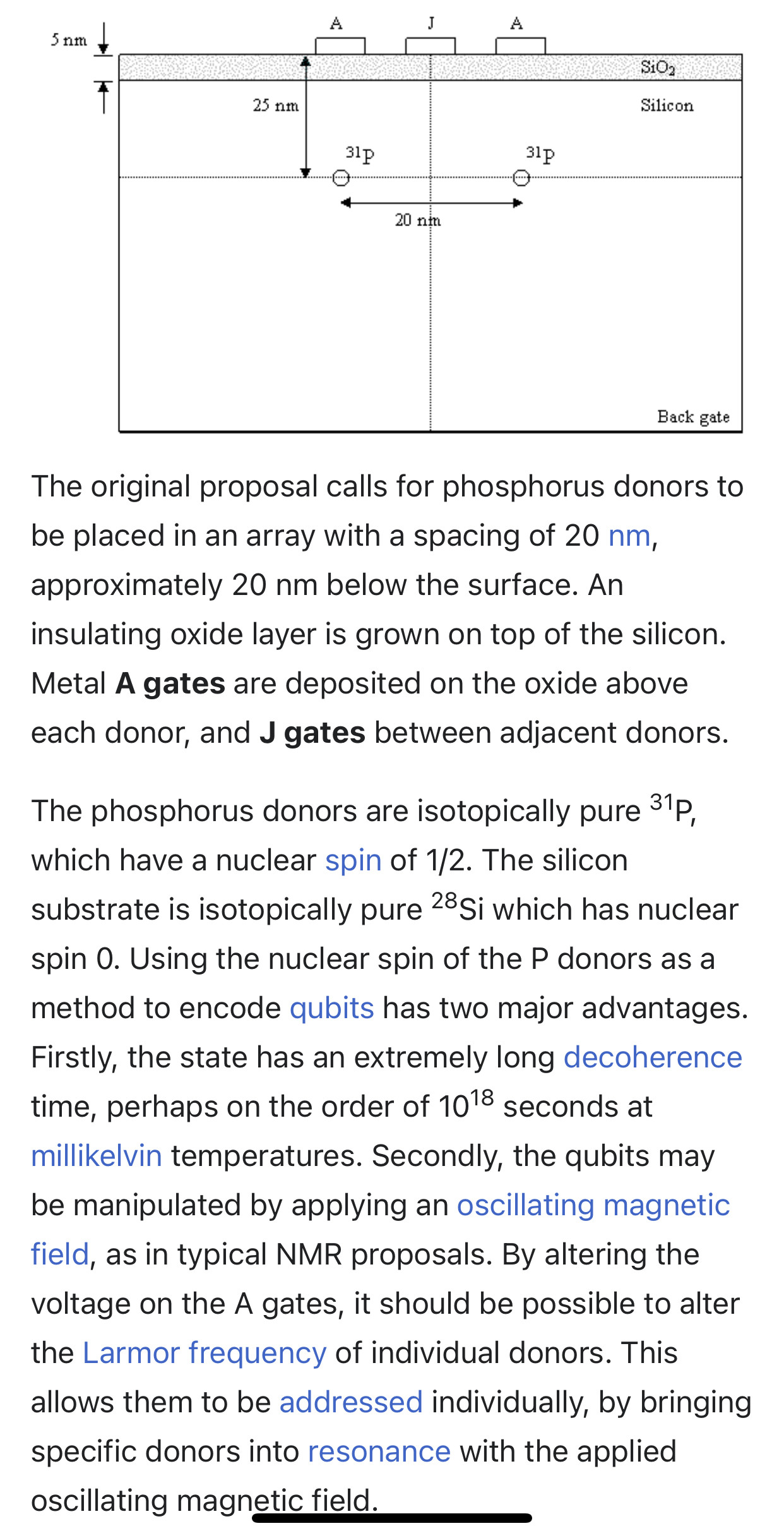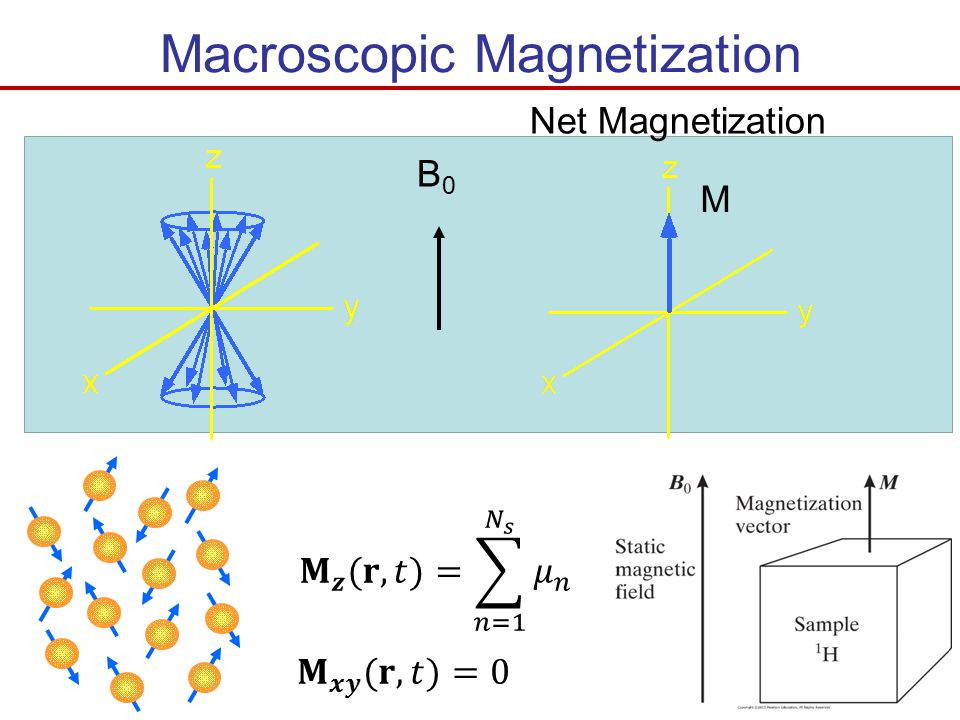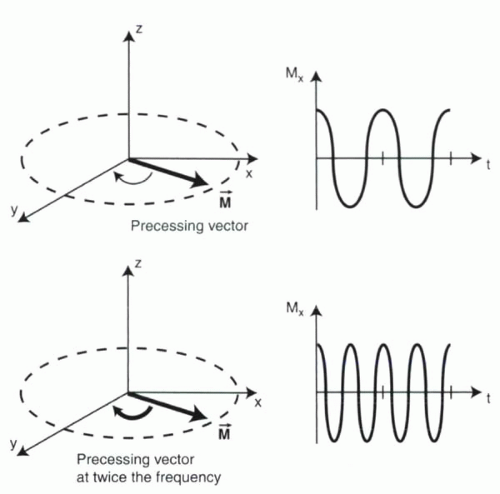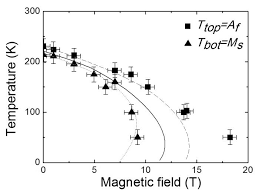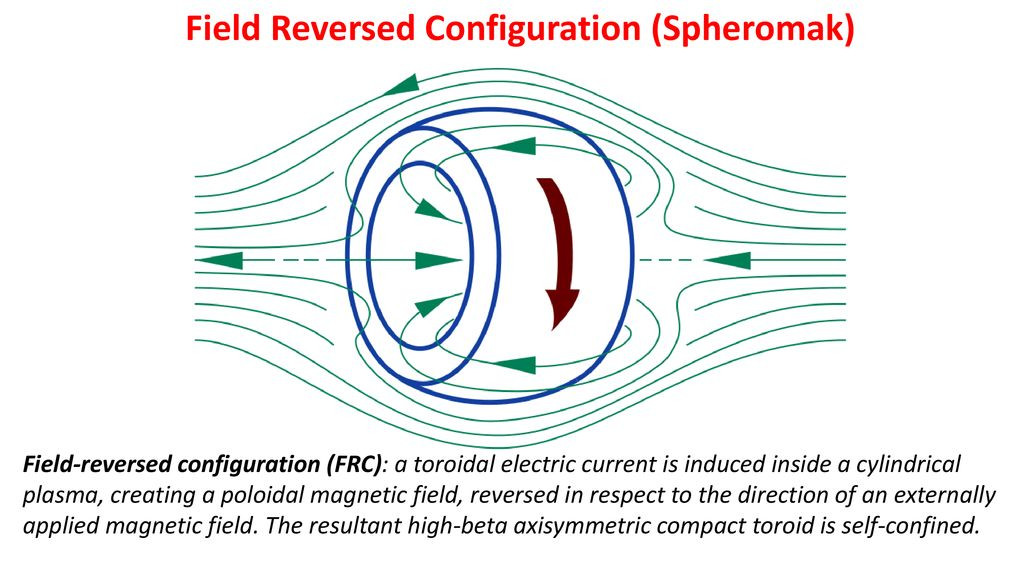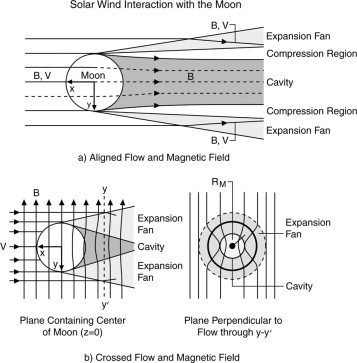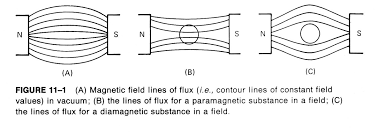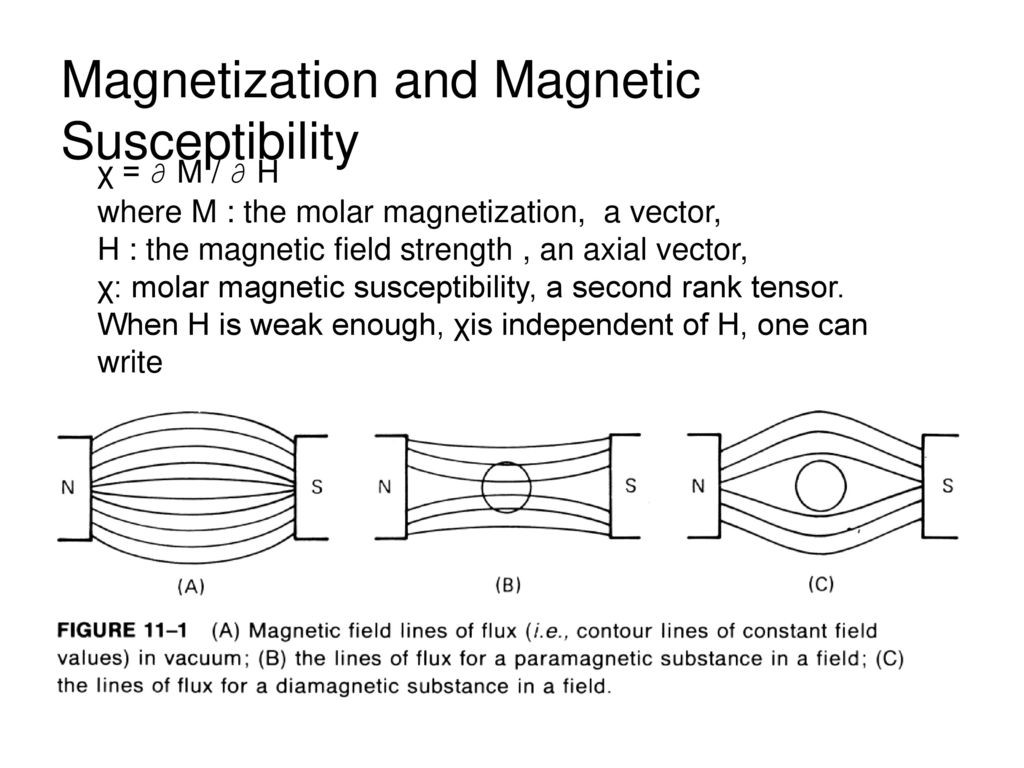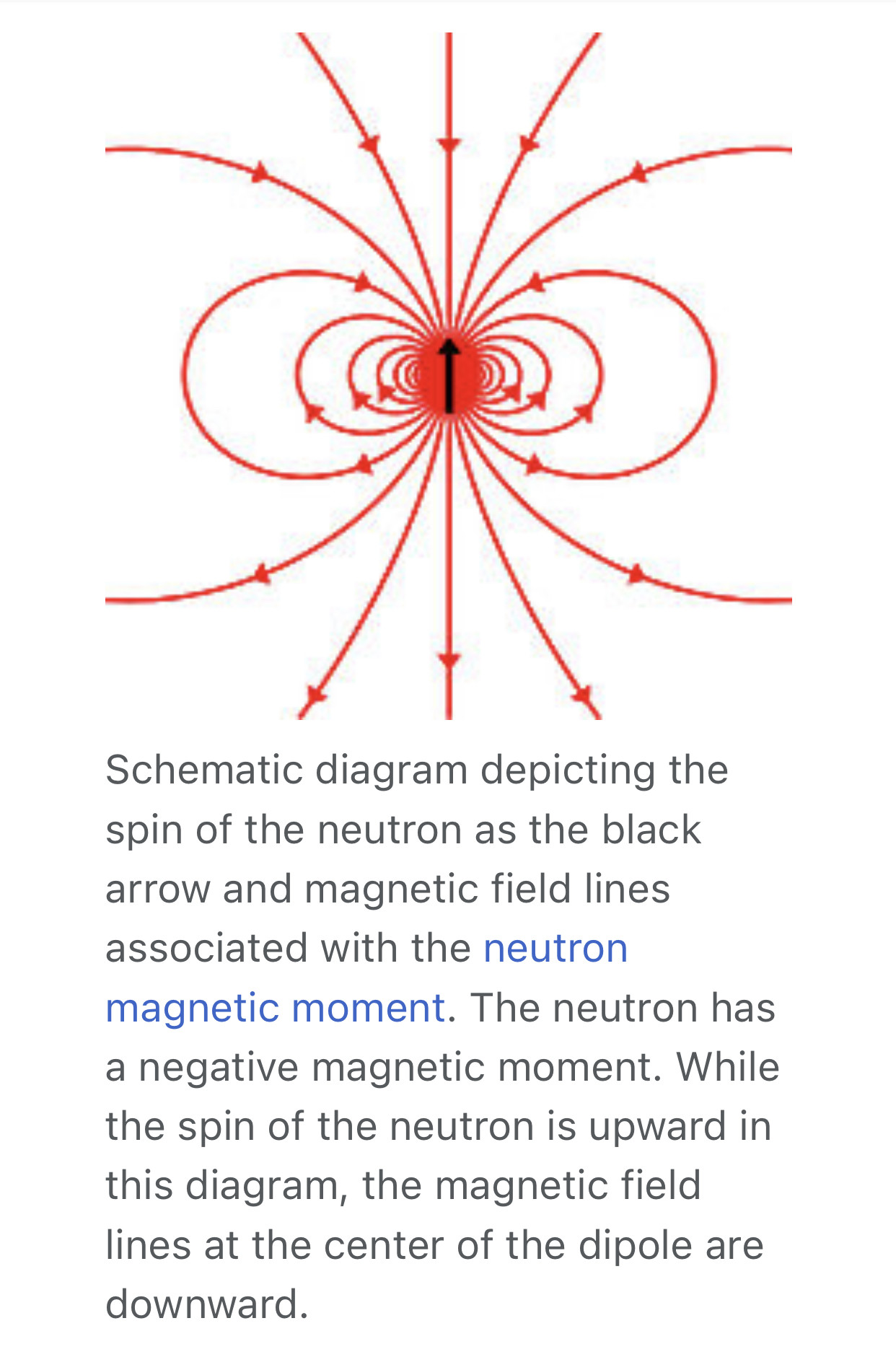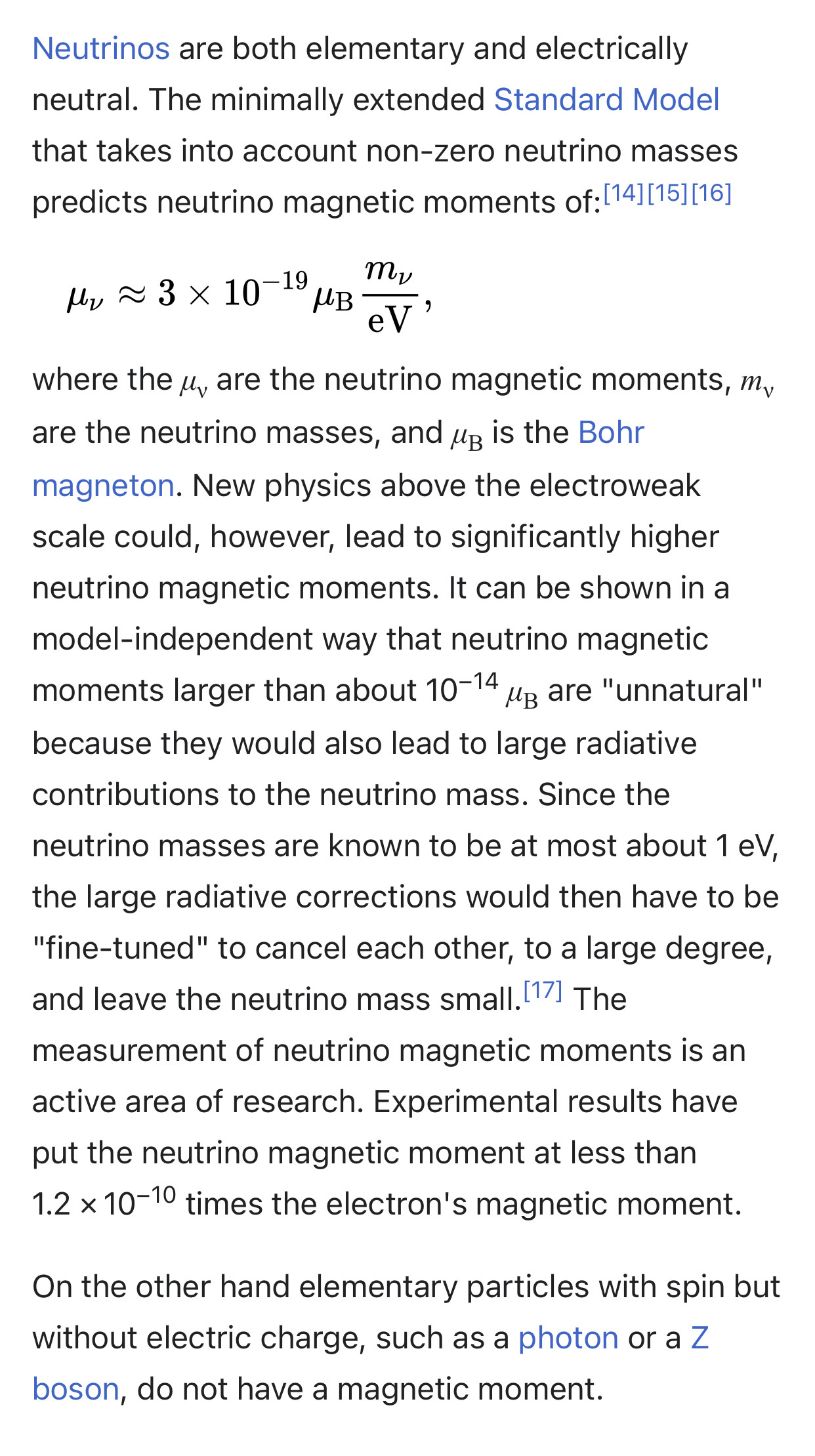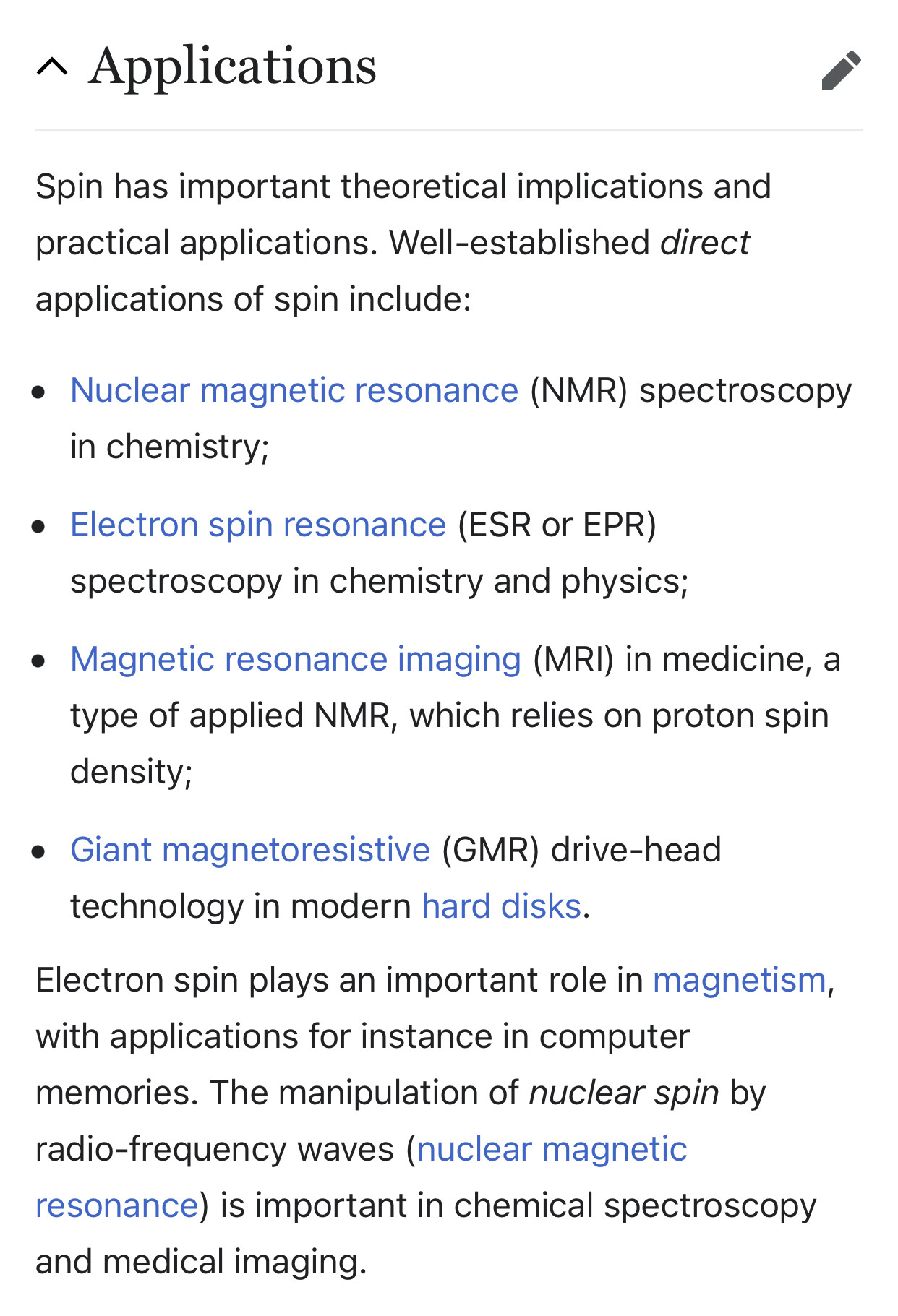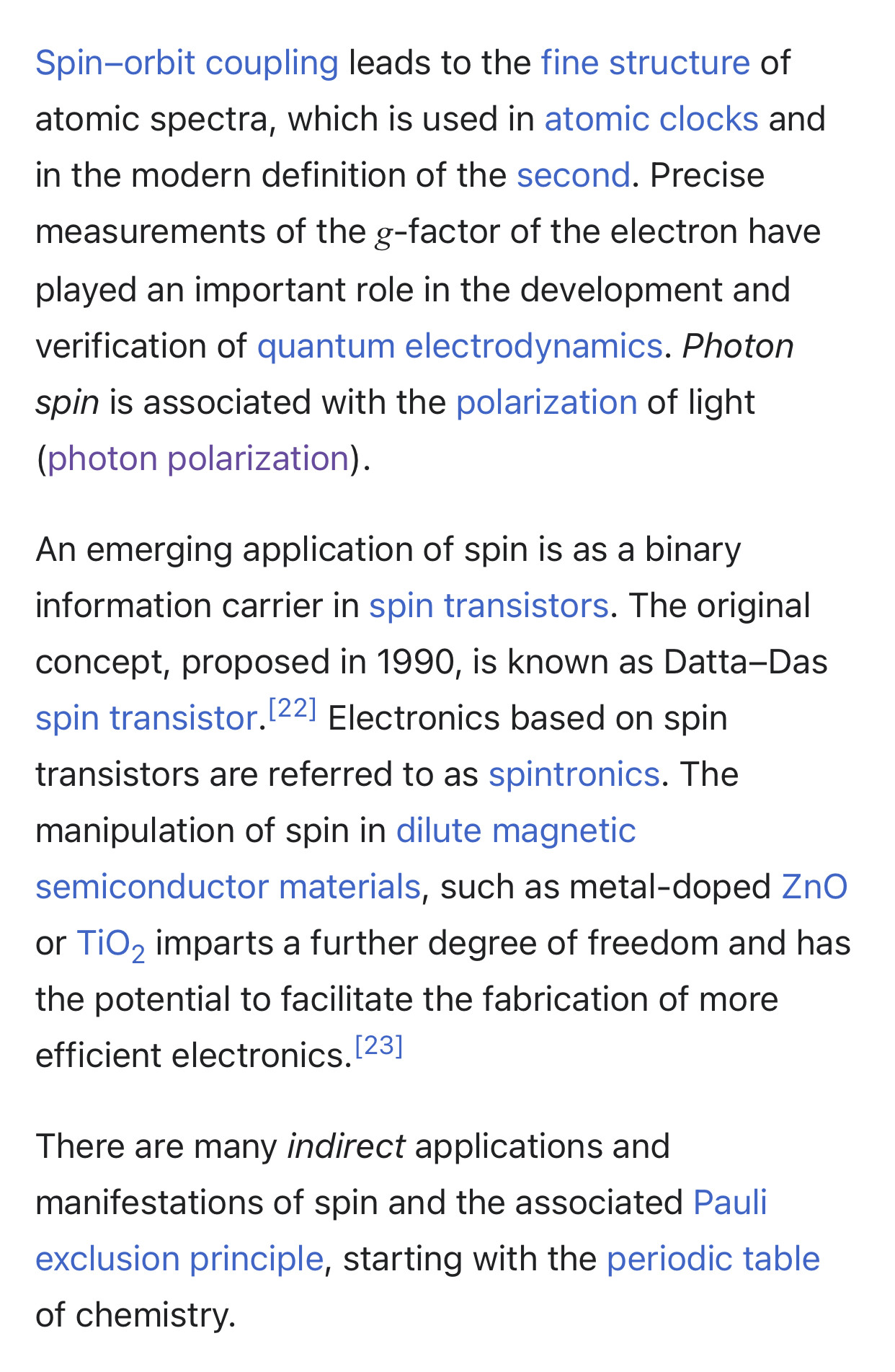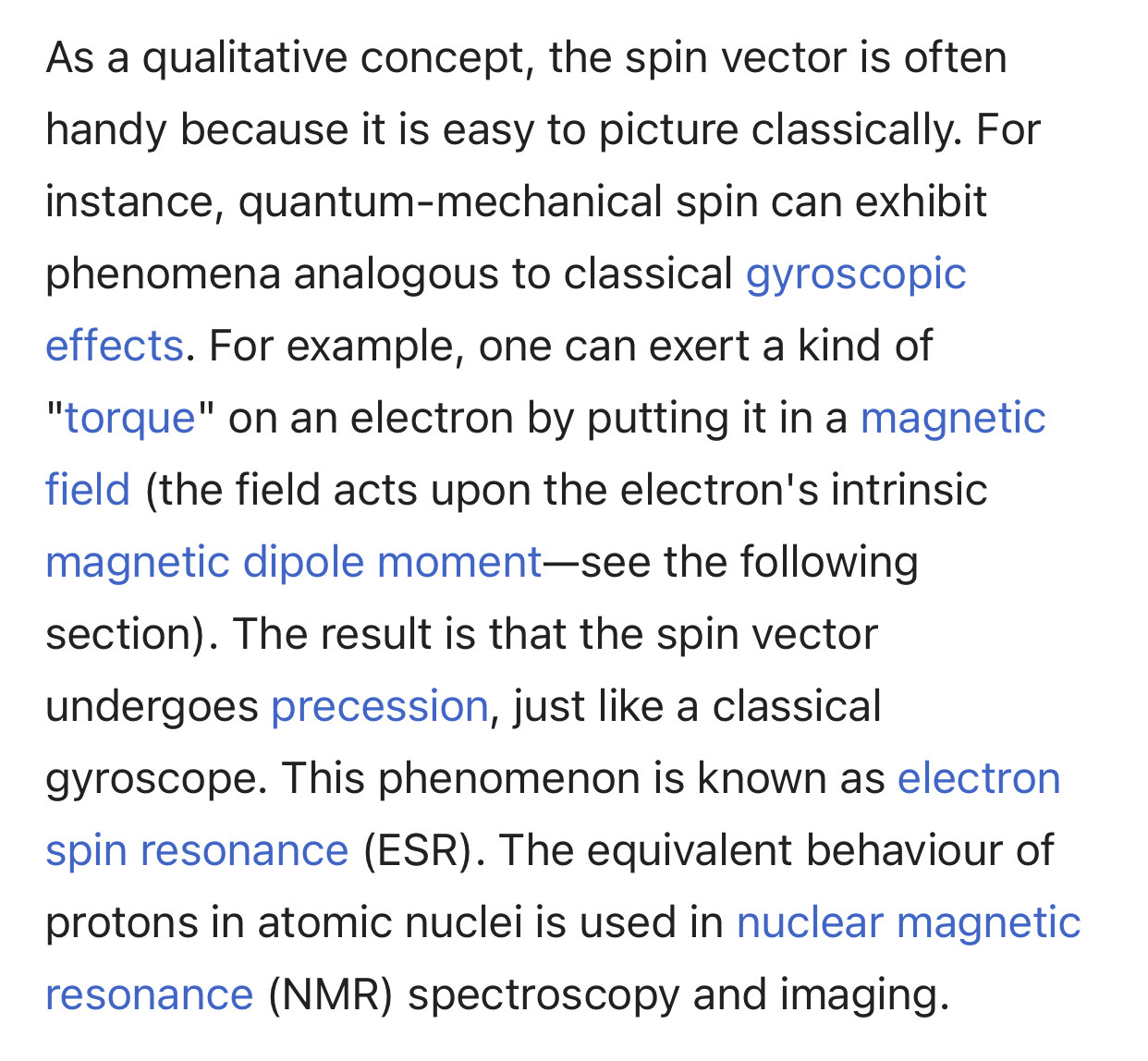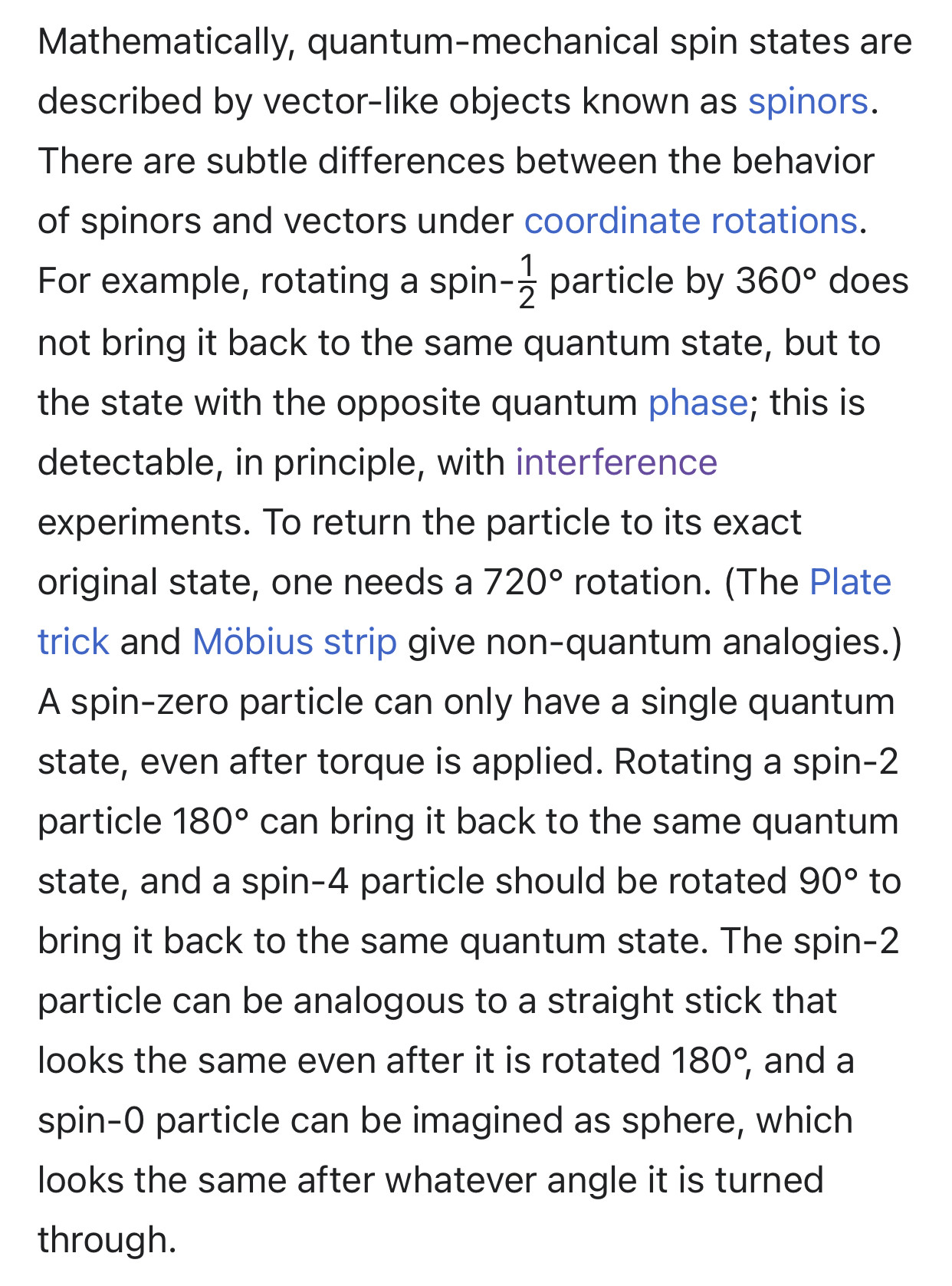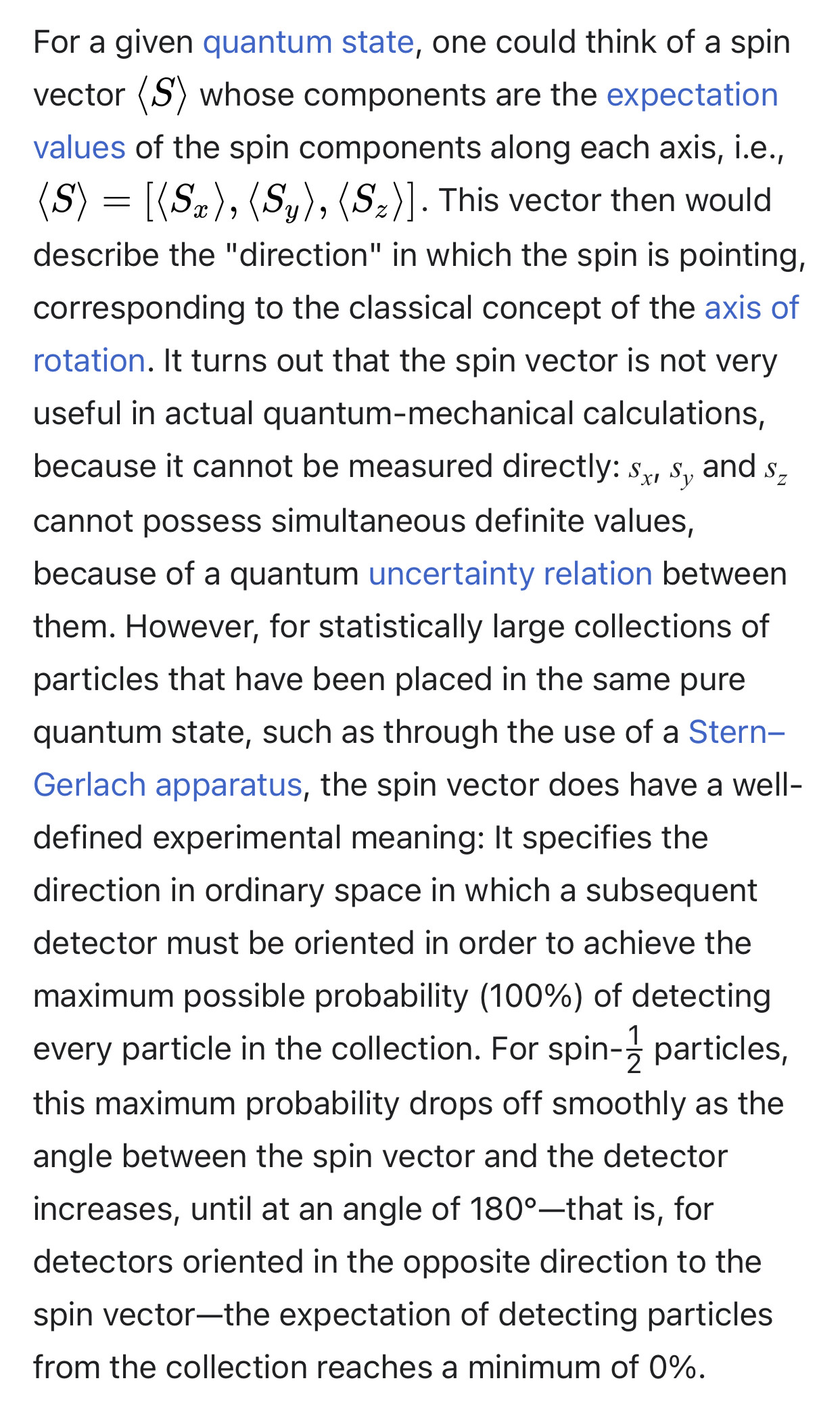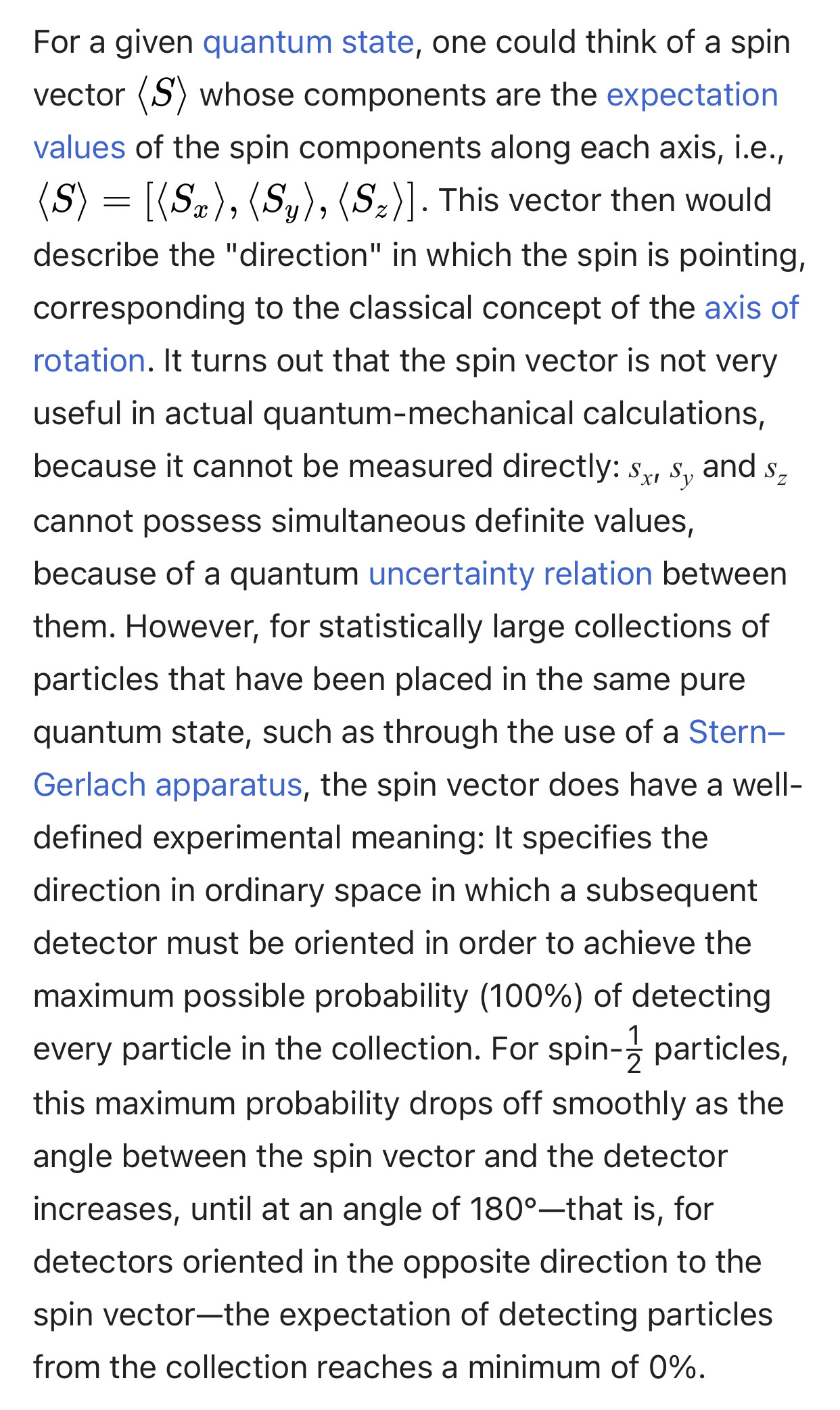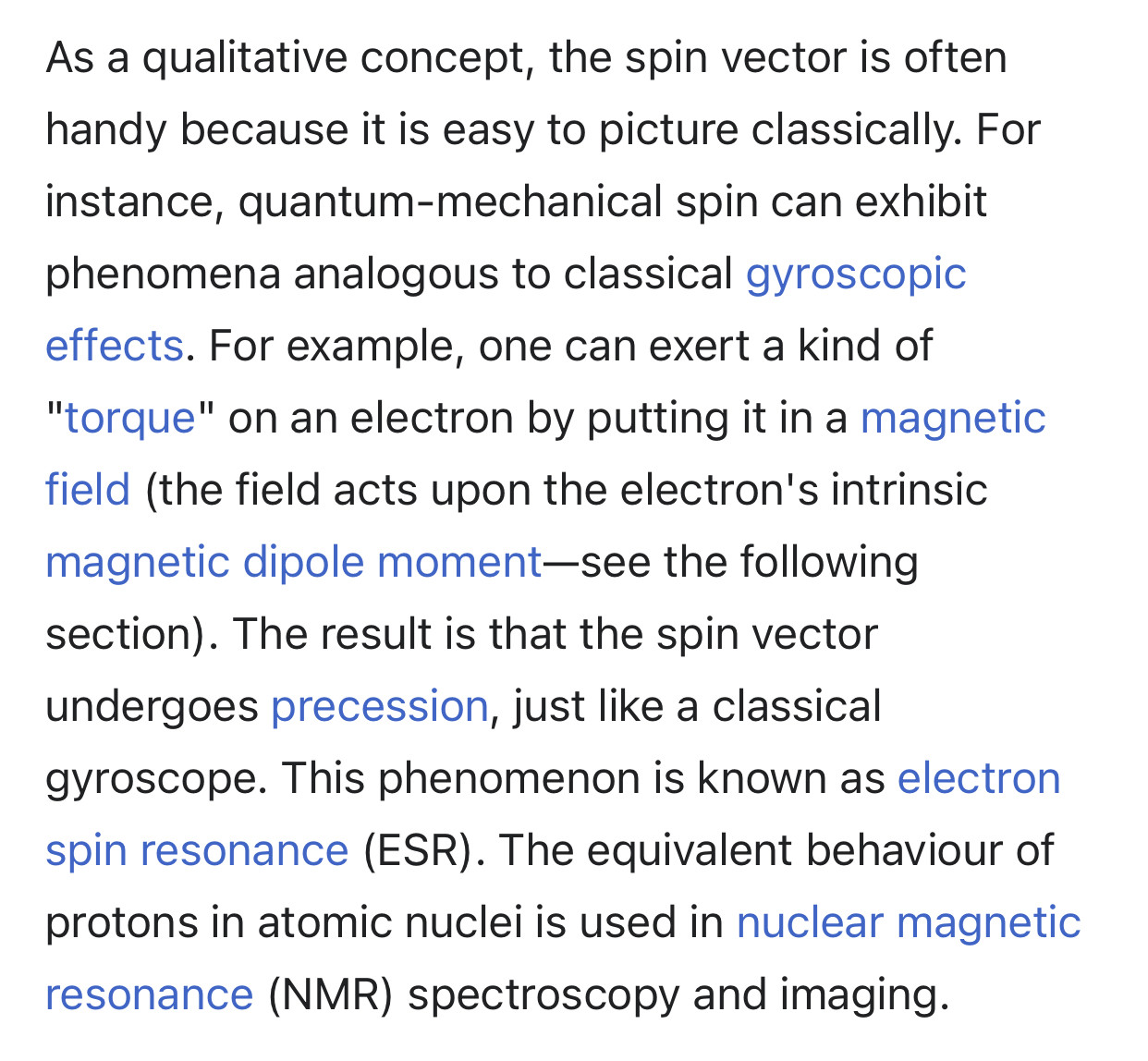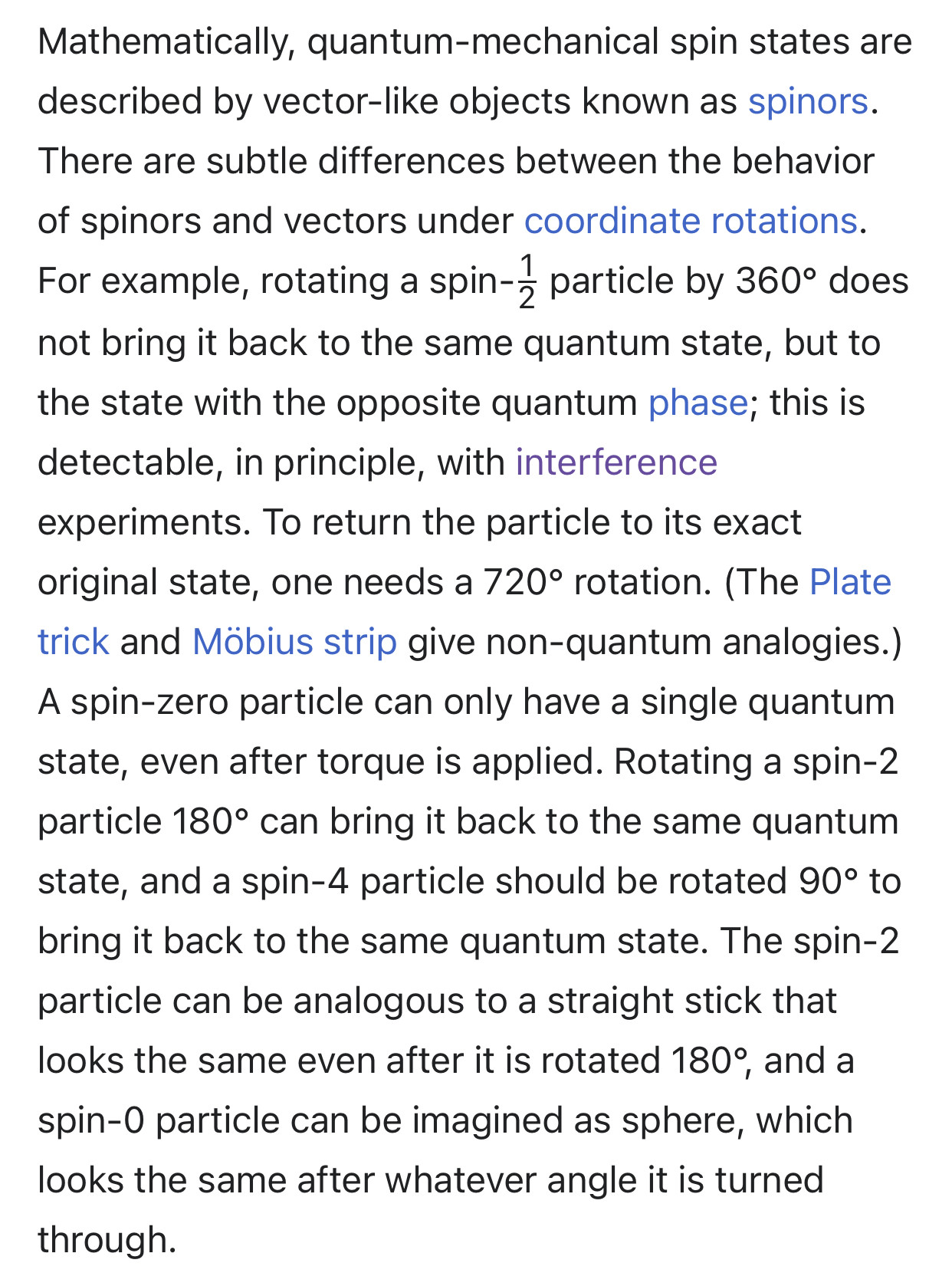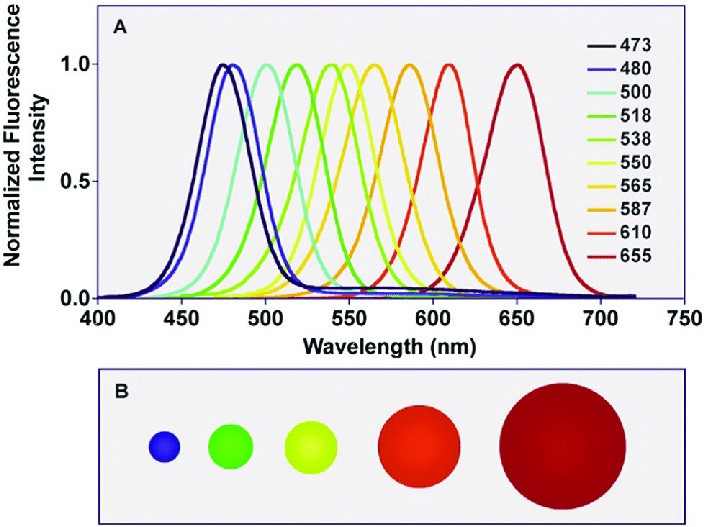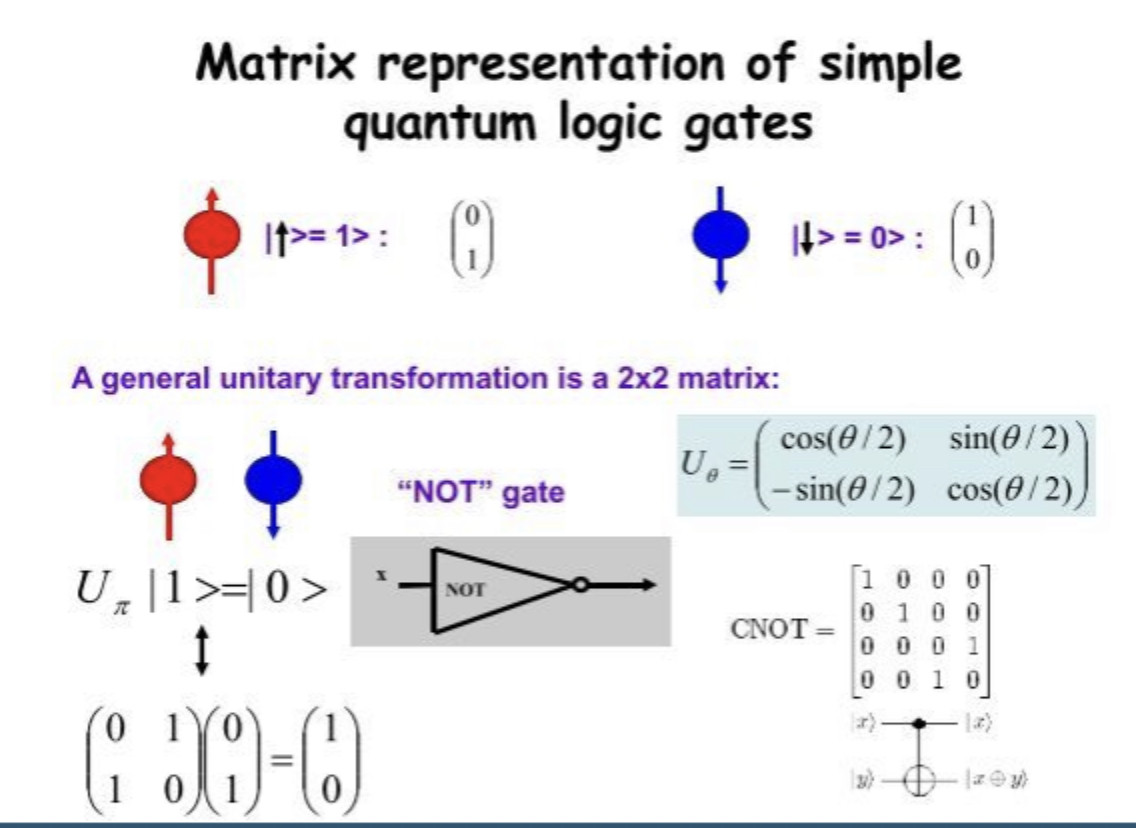Is the Vaccine capable of letting China monitor and control you remotely in real time using quantum radars?
RN. Grateful. TEAM Q. PATRIOT. Vintage clothing and antique aficionado.
Sounds right.
So in theory the likes of Dr Fauci, Hillary Clinton and Barrack Obama have sold out the American people to China.
RN. Grateful. TEAM Q. PATRIOT. Vintage clothing and antique aficionado.
Oxidative stress can lead to 'attack' on brain cells by chemicals called free radicals. It is these free radicals that cause oxidative damage. One study has shown that brains of people with Alzheimer's disease show lesions that are typically associated with free radical exposure.
The surfaces of iron oxide nanoparticles are capable of catalytically generating reactive oxygen species (ROS) through the Fenton and Haber-Weiss reactions. Fenton chemistry has been shown to be temperature dependent with an increase in activity up to 40 °C and then a decrease above this temperature as the hydrogen peroxide degrades into oxygen and water which limits the reaction. When exposed to an alternating magnetic field (AMF), iron oxide nanoparticles absorb the energy from the magnetic field and convert it into heat. In this study, we observed an increase in the degradation of methylene blue when a suspension of magnetite nanoparticles (Fe3O4) was exposed to an AMF indicating there was an increase in the ROS generation in response to the AMF.
RN. Grateful. TEAM Q. PATRIOT. Vintage clothing and antique aficionado.
Phase shifters typically consist of waveguide elements controlled by magnetic field, voltage gradient, or equivalent technology. The phase shift process used with ...
RN. Grateful. TEAM Q. PATRIOT. Vintage clothing and antique aficionado.
Quantum Computers?
Most quantum computers currently work with less than 100 qubits.
The Kane quantum computer is a proposal for a scalable quantum computer proposed by Bruce Kane in 1998,[1] who was then at the University of New South Wales. Often thought of as a hybrid between quantum dot and nuclear magnetic resonance (NMR) quantum computers, the Kane computer is based on an array of individual phosphorus donor atoms embedded in a pure silicon lattice. Both the nuclear spins of the donors and the spins of the donor electrons participate in the computation.
Unlike many quantum computation schemes, the Kane quantum computer is in principle scalable to an arbitrary number of qubits. This is possible because qubits may be individually addressed by electrical means.
Hydrogen nuclei (protons) have magnetic properties, called nuclear spin. They behave like tiny rotating magnets, represented by vectors. The sum of all the tiny magnetic fields of each spin is called net magnetization or macroscopic magnetization. Normally, the direction of these vectors is randomly distributed.
😉
Particles with spin can possess a magnetic dipole moment, just like a rotating electrically charged body in classical electrodynamics.
The electron, being a charged elementary particle, possesses a nonzero magnetic moment. One of the triumphs of the theory of quantum electrodynamics is its accurate prediction of the electron g-factor, which has been experimentally determined to have the value −2.00231930436256(35), with the digits in parentheses denoting measurement uncertainty in the last two digits at one standard deviation.[12] The value of 2 arises from the Dirac equation, a fundamental equation connecting the electron's spin with its electromagnetic properties, and the correction of 0.002319304... arises from the electron's interaction with the surrounding electromagnetic field, including its own field.[13]
Composite particles also possess magnetic moments associated with their spin. In particular, the neutron possesses a non-zero magnetic moment despite being electrically neutral. This fact was an early indication that the neutron is not an elementary particle. In fact, it is made up of quarks, which are electrically charged particles. The magnetic moment of the neutron comes from the spins of the individual quarks and their orbital motions.
A wave function in quantum physics is a mathematical description of the quantum state of an isolated quantum system. The wave function is a complex-valued probability amplitude, and the probabilities for the possible results of measurements made on the system can be derived from it. The most common symbols for a wave function are the Greek letters ψ and Ψ (lower-case and capital psi, respectively).
"A wave function in quantum physics is a mathematical description of the quantum state of an isolated quantum system."
Solar cells based on quantum dots could convert more than 65 percent of the sun's energy into electricity. ... The light rays enter through the transparent electrode of a quantum dot solar cell onto a light absorbing layer of dots in order to generate electron hole pairs.
The light rays enter...
Or when sunlight is scattered by air molecules in the atmosphere, the scattered light is partially polarized.

